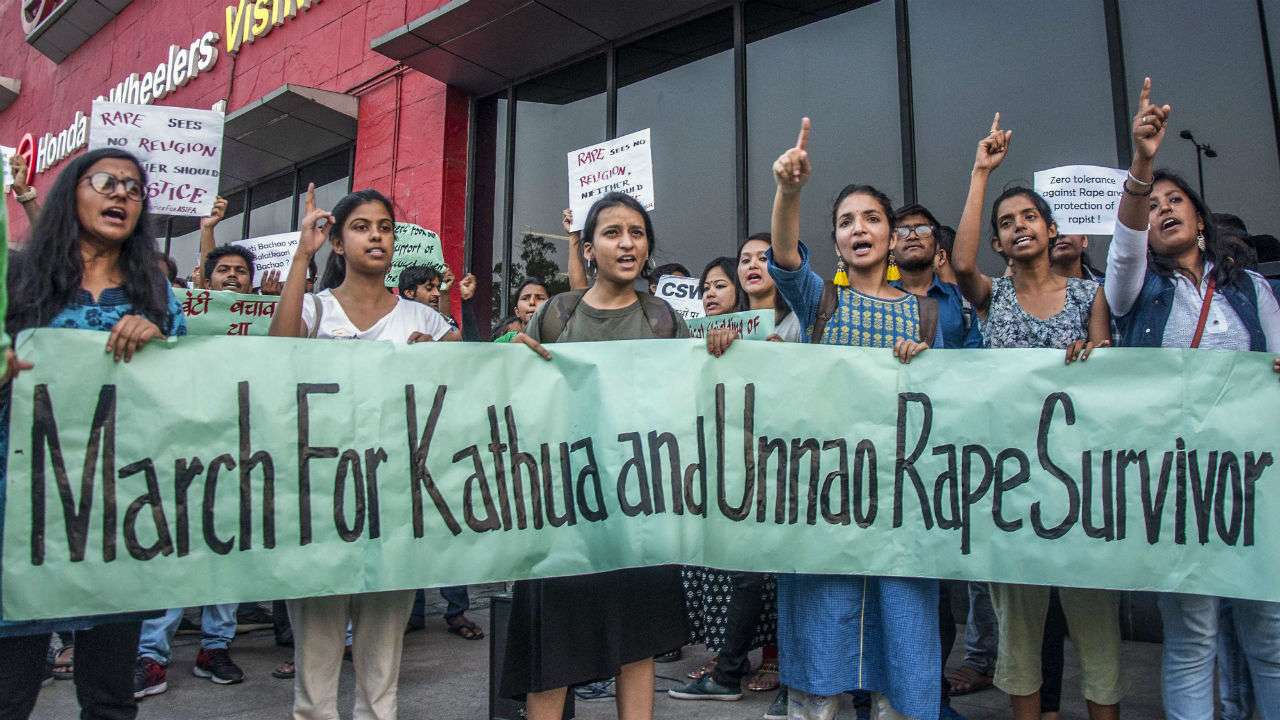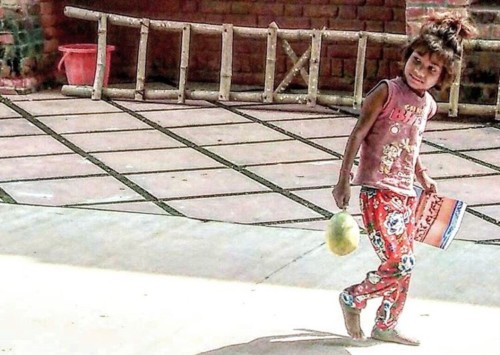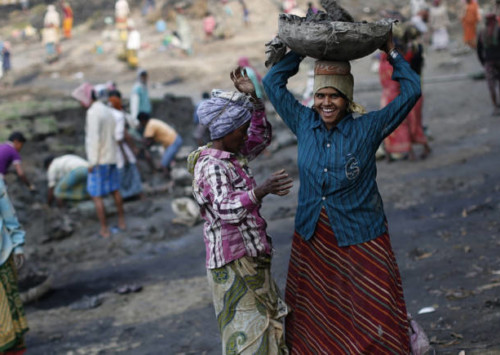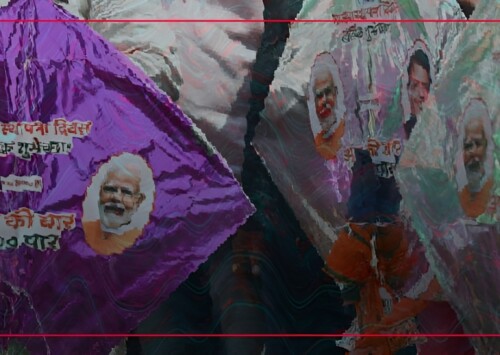Rapes in India
Every subsequent horrific rapes in India leads to calls for and often passage of newer laws to deal with the spate of crimes against women. There are enough severe laws against these, but challenges lie in poor implementation as well as a sense of lawlessness that pervades parts of India.
Seven years ago entire India was appalled by the brutal gang rape and murder of a medical student on a moving bus in a densely populated part of the capital, New Delhi. Millions of people took to the streets protesting for days and demanding for stricter rape laws in the country.
A week later, the Justice JS Verma Committee was set up to review the criminal laws to sternly deal with sexual assault cases. The Committee’s report, which was published within a month, formed the basis of the Criminal Law (Amendment) Act of 2013 to set the maximum punishment for rape as death penalty rather than life imprisonment. Soon after the then President Mukherjee, on February 3, 2013, promulgated the Criminal Law (Amendment) Ordinance that provides for amendment of the Indian Penal Code, Indian Evidence Act, and Code of Criminal Procedure, 1973, on laws related to sexual offences. The ordinance provides for the death penalty in cases of rape.
As one of the accused in this case was a minor, another law, the Juvenile Justice (Care and Protection of Children) Act, 2015, was also passed by Parliament, allowing for juveniles in conflict with law in the age group of 16-18, involved in heinous offences, to be tried as adults.
In January last year, an eight year-old girl in Jammu and Kashmir was repeatedly gang raped in a temple and later murdered. This was followed by another incident in Bihar’s Buxar district, where the accused shot the victim at point blank range before burning her body. Before the people could even fathom these two horrific tragedies another rape victim in Unnao was beaten up and set ablaze while she was on her way to the hearing of her rape case. And then another report came of a 17-year-old girl in Tripura being raped for one-and-a-half month and then burnt alive by a youth and his mother. The list is endless as according to the latest available government statistics, 33,658 cases of rape were registered in 2017 — an average of 92 rapes every day.
New law after every new horror
Barely a fortnight ago, when yet another medical student was raped and murdered and her body burnt close to a toll booth on a National Highway in Hyderabad, capital of the southern state of Telangana, once again demands were made to make the laws more stringent and especially to expedite the trial of rape cases. Lawmakers in the state duly obliged and passed a new law.
It mandates that cases involving crimes against women must be settled in 21 days through special courts. The law also proposes death penalty for rape convicts in cases of sufficient evidence to conclusively prove the crime, among other provisions. The investigation shall be completed in seven working days and trial of cases is to be completed in 14 working days.
In 2012 a law called POCSO — the Protection of Children from Sexual Offences Act, came into effect. The law calls for the establishment of new child-friendly courts and better procedures in existing courts so young victims wouldn’t have to make numerous appearances in order to testify.
The aim of POCSO was to offer better protection for children who have been victims of abuse or rape. According to the National Crime Records Bureau, four out of every 10 rape victims are minors. In 2016, only 6,626 or barely a tenth of the 64,138 pending cases of child rape went to trial. Of those that did, the conviction rate was only 28 pc.
Crime & punishment
The low conviction rate goes on to show that while newer laws do sound extremely harsh and deterring on paper, their effectiveness and impact remains highly doubtful. According to the National Crime Records Bureau (NCRB) data available for 2017, at the beginning of the year, a total of 1,17,451 rape cases were pending in the courts and during the year another 28,750 cases were brought to trial by the police, making a total of 1,46,201 cases before the judges. The courts were able to dispose of only 5,822 cases during the year, increasing the load of the courts for the following year.
This indicates the inadequacy of the courts to deal with the flood of cases – be it due to the lack of adequate number of judges, tactics of defence lawyers deliberately delaying trials and a slack conduct of the cases by the judges.
But even from the cases that did end up with a judgment, the conviction rate in rape cases was as low as 32 pc, meaning two of every three persons accused of rapes get away scot free.
Failure in implementation
The latest law also proposes to fast track rape cases. However, this is easier said than done due to lack of infrastructure, inadequate number of judges and courts as well as procedural obligations that could result in delays. For insance, in most cities courts only have a designated time for children to testify that further leads to backing up of cases. Also, another major hurdle in faster trials is the matter of evidence. Convictions in rape cases hinge on DNA evidence from forensic scientific labs. There are only six of these labs in all of India, and only three are equipped for DNA testing. Thousands of cases are still pending at these labs across the country.
“A dedicated special court , with a specified time limit for hearing of rape case, should be set up, and after conclusion of the hearing within the formulated stipulated time, based on the gravity of the situation, and on finding guilty, an exemplary punishment should be awarded to the guilty, if not capital punishment, which must create deterrence among the rapists. The trial in the said case must be held in-camera and the witnesses and the complainant along with her family members should get adequate protection from the state,” Kalyan Bhaumik, advocate, Supreme Court of India, tells Media India Group.
Inefficiency in investigation
What has been the case in India is the inefficiency that the field level staff of police has while dealing with rape cases. Shilpi Jain, a defence lawyer in the Alwar rape case wherein a foreign tourist was raped by the son of former Odisha director general of police told an Indian media, the field-level staff of police dealing with rape investigation need to be made more efficient.”They are mostly ill-equipped, inexperienced, power gets to their head and in most cases they are extremely corrupt,” said Jain.
“A sub-inspector is the highest-level officer who files a charge sheet, so one can imagine the quality of the content,” said Jain. Similarly, the prosecutors who deal with the cases at the district level are of low calibre and less driven, she said, adding that all these factors make for badly investigated cases which results in a low conviction rate.
Lawlessness trumps fear of the law
On December 16, justice was finally delivered to the victim of a particularly notorious rape case that took place in Unnao in Uttar Pradesh. After over a year of hearings, a Delhi court convicted expelled BJP MLA Kuldeep Singh Sengar in a pending case from 2017. Sengar was convicted of rape under IPC, POCSO Act for the offence of a public servant committing penetrative sexual assault on a child. But the journey from the crime to punishment has been anything but easy for the victim.
In June 2017, the girl, a minor then, went missing from her village. Nine days later, the girl managed to escape and told her family that she had been gang raped for a week by Sengar. The local police filed a case against other accused but did not name Sengar as an accused. For months, the girl and her family tried to get the lawmaker named as an accused in the case. Almost 10 months later, her father was assaulted by Sengar’s family and arrested by the police on trumped up charges of illegal possession of arms. He subsequently died of torture in police custody.
This pushed the girl and her family to set themselves on fire in front of the house of the chief minister of the state to highlight her case. The nationwide outrage that followed forced the state government to initiate action against the accused. But even then the case was not being dealt with seriously by the police.
Finally, the Supreme Court intervened after the victim wrote a letter to then chief justice of India Ranjan Gogoi, and all the five cases related to the incident were transferred from court in Lucknow to Delhi with directions to hold trial on a daily basis and completing it within 45 days.
But troubles continued for the victim and on July 28 this year, the woman who had accused Sengar was severely injured after the car in which she was travelling was hit by a truck and two of her aunts were killed in the accident.
‘‘Such was the power of Sengar in Uttar Pradesh who had the bureaucrats, police officials, journalists all in his pocket,” said a local BJP leader to an international media.
This is not the only case where power has trumped the fear of the law. Who can forget the infamous case of Ruchika Girhotra, who was molested by the IGP Shambhu (S P S Rathore) in 1990 in Haryana? After Girhotra filed a complaint, her family and friends were constantly harassed by the Police that eventually lead her to commit suicide. It was only after 19 years, 40 adjournments, and more than 400 hearings; the court finally pronounced Rathore guilty under Section 354 IPC (molestation) and sentenced him to six months’ imprisonment and a fine of INR 1,000.
One of India’s most popular religious gurus, Asaram Bapu, was arrested for raping a minor in 2013, three witnesses who testified against him were killed, and many others were attacked. Bapu was sentenced to life imprisonment last year.
These murderous attacks led the Supreme Court to approve a draft of a witness protection program in December 2018. The programme requires police to identify and assess the risk levels of witnesses in criminal cases and provide protection to at-risk witnesses, including through police monitoring, the provision of safehouses, and even new identities, if necessary.













